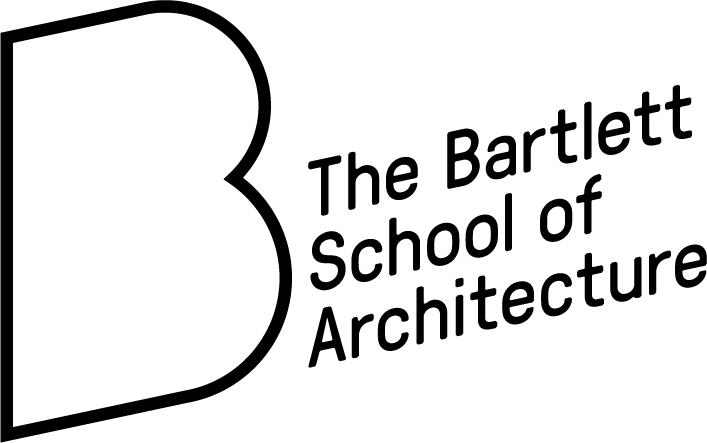| Parliament Buildings |
 General view of the interior of The Commons Chamber at the Houses of Parliament in central London. Photograph by Justin Tallis. |
| Second conference event: Thursday Friday 18-19 of February 2021 First conference event: Thursday and Friday 12–13 November 2020 |
| In the face of ongoing political change, confidence in democracy is threatened—calling upon us to rethink our political institutions and the buildings in which they are accommodated. For many citizens their parliament is a remote and opaque place; their politicians only really accessible to them at election time. The exercise of parliamentary democracy is often shrouded in historic ritual and mystery and conducted in places which were built for another time. How do parliament buildings work and how do they affect political culture? From Churchill’s claim ‘we shape our buildings, thereafter they shape us’ to Mitterrand’s belief that ‘there is no great politics without great architecture’, parliament buildings are the symbols and instruments of political life. They shape political culture and provide the space where government is held to account. Their architecture, history and rituals say a lot about norms of governance and behaviour. In our age of television coverage and social media, these buildings project political culture way beyond the confines of the place itself, changing the scale and speed of communication between citizens and the parliament. Parliaments are not simply static monuments expressing fixed ideas. They are also instruments, carrying the imprint of political structures, institutions, communication and behaviour, including the ways in which they are used by their occupants on a daily basis. Much of the existing research exploring the architecture of parliaments focuses on the shape of plenary halls, offers historical analyses of built and unbuilt designs, or investigates emblematic expressions of national identity and metaphoric representations of the body politic. Scholarship in the field of Architecture, in particular, very often has little to say about how parliamentary buildings facilitate the practice of politics; how and where political practice and political power are shaped by space. Scholarly work in the social and political sciences, in turn, focuses on practices and behaviour, culture and ritual, and social relations in parliaments, but research on the spatial functioning of legislatures is currently lacking. Terms such as ‘smoke-filled rooms’ and the ‘corridors of power’ have become conventional descriptors of the places of political practice, but little work has been conducted on the important nexus between the exercise of political power and the spaces within which it is mediated. This conference takes on the challenge to reflect on the interaction of space and political culture in parliament buildings. It seeks to build a critical platform by bringing together architects, architect-scholars, social scientists and political scientists. It searches to answer such questions as: How do parliament buildings shape a nation’s concept of its political self? How do their real and broadcasted spaces affect political practices, ideologies and consciousness? How do spaces, narratives, ceremonies and insignia shape identity, democracy and citizen participation? How do we maintain these spaces and the political engagement they enable, relevant, meaningful and accessible to the citizens whom they serve? Organising Committee: Sophia Psarra, Bartlett School of Architecture, UCL; Uta Staiger, UCL European Institute; Claudia Sternberg, UCL European Institute Support and website coordinator: Gustavo Maldonado-Gil Collaborators: Mariana Pestana Dr Graham Riach Supported by UCL Grand Challenges, Cultural Understanding For more information contact: Sophia Psarra s.psarra@ucl.ac.uk Claudia Sternberg c.sternberg@ucl.ac.uk |



